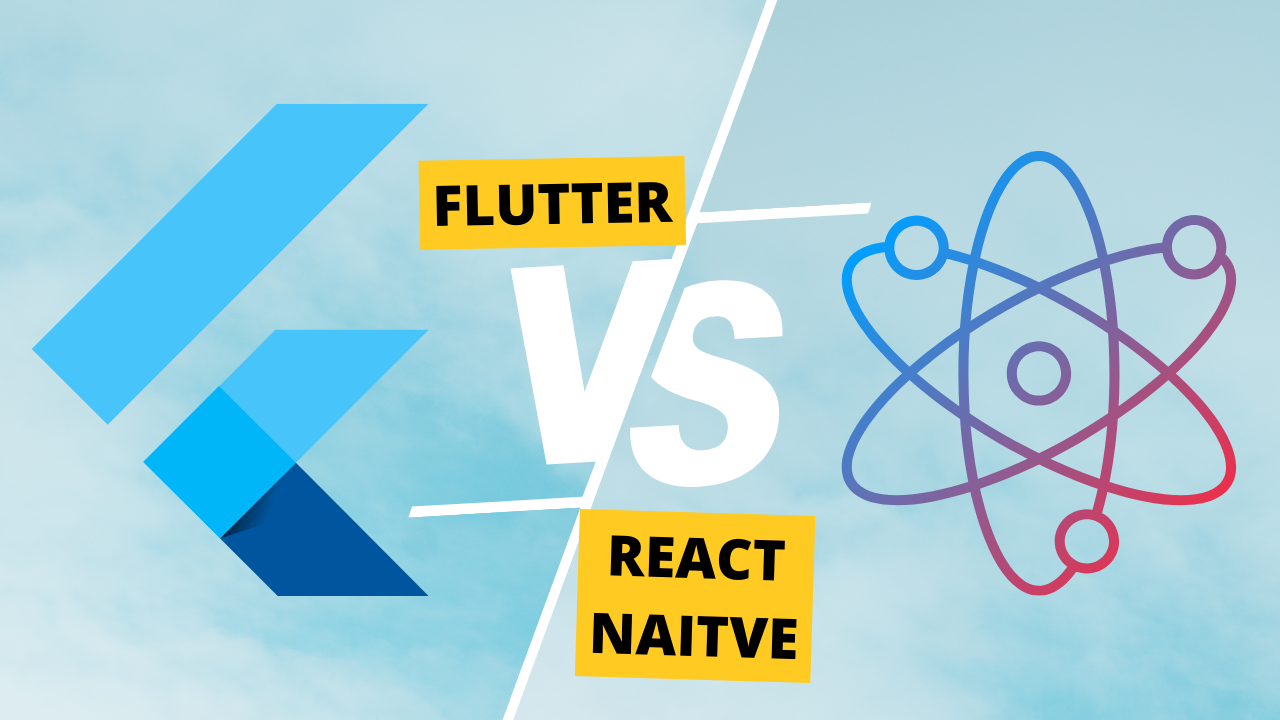In mobile app development, selecting the right framework is crucial for ensuring the success of your project. With the proliferation of options, Flutter and React Native stand out as two of the most prominent choices. It’s imperative to conduct a thorough analysis to determine which framework aligns best with your requirements and objectives.
This comparative exploration aims to provide insights into the strengths, weaknesses, and suitability of Flutter vs React Native in the current landscape.
What Is Flutter?
Flutter, an open-source UI software development kit created by Google, has gained significant traction since its inception. Renowned for its fast development cycle and expressive UI, Flutter empowers developers to build natively compiled applications for mobile, web, and desktop from a single codebase.
This Google brainchild boasts a focus on user experience and has attracted big names:
- Google Ads: Manage ad campaigns on the go.
- Grab: Southeast Asia’s leading food delivery app.
- Stadia: Google’s cloud gaming platform with a smooth interface.
- eBay Motors: Browse, buy, and sell vehicles with ease.
- Baidu Tieba: China’s largest online community platform thrives on Flutter.
- Vivafit: AI-powered fitness app using computer vision for dance workouts (developed in 4 months with Flutter).
- Lifely: Secure timeline diary for capturing life moments (developed in 5 months with Flutter).
Advantages of Flutter
- Fast Development: Flutter’s hot reload feature enables real-time updates, allowing developers to see changes instantly, thereby accelerating the development process.
- Unified Codebase: With Flutter, developers can write code once and deploy it across multiple platforms, reducing development time and effort.
- Rich UI Experience: Flutter offers a wide range of customizable widgets and animations, facilitating the creation of visually stunning and engaging user interfaces.
Challenges with Flutter
- Learning Curve: While Flutter’s extensive documentation and community support mitigate the learning curve to some extent, mastering Flutter requires a significant investment of time and effort.
- Performance Concerns: Despite its impressive performance on most devices, Flutter may face challenges with resource-intensive applications or platforms with strict performance requirements.
What Is React Native
React Native, developed by Facebook, has established itself as a leading framework for cross-platform mobile app development. Leveraging the power of React, it enables developers to build robust applications using JavaScript and React principles.
Some remarkable examples of React Native -powered apps are:
- Facebook (partially): Contributes to the app’s user-friendly experience.
- Walmart: Powering their mobile shopping app.
- Bloomberg: Business news app with personalized content, videos, and live feeds.
- Uber Eats: The world’s largest food delivery platform.
- Wix: User-friendly application for building and managing websites and mobile apps.
- Skype: Delivers a reliable video conferencing platform.
Advantages of React Native
- Familiarity with JavaScript: React Native leverages JavaScript, a widely adopted language, making it accessible to a broad developer community.
- Native Performance: By utilizing native components, React native delivers near-native performance, ensuring a smooth and responsive user experience.
- Vibrant Ecosystem: React Native boasts a vibrant ecosystem of libraries, tools, and community support, streamlining the development process and enhancing productivity.
Challenges with React Native
- Bridge Overhead: React Native’s reliance on a bridge to communicate between JavaScript and native components can introduce performance bottlenecks, particularly in complex applications.
- Platform-Specific Issues: While React Native aims for platform-agnostic development, platform-specific nuances and updates may lead to compatibility issues and additional maintenance overhead.
React Native vs. Flutter: The Core Differences
Building mobile apps for both Android and iPhone can be tricky. Thankfully, frameworks like React Native and Flutter simplify the process. But these two titans have a key difference: how they handle the building blocks of your app’s design, called native components.
Flutter: King of Consistency
Imagine Flutter as a skilled artist painting your app on its own canvas. Updates to the phone’s native components (think fancy buttons or menus) won’t affect your app’s look. This means your design stays exactly how you want it, no matter what phone someone uses.
React Native: Embracing the Latest
React Native works differently. It acts like a translator, turning your code into instructions the phone understands. This means your app automatically gets the latest buttons and menus whenever the phone updates. It’s like your app keeps up with the latest fashion trends!
However, sometimes you might want your app to have its own unique style, not dictated by the phone. React Native lets you turn off these automatic updates, so your app can stay true to its own design.
Picking Your Champion
The best framework depends on your needs. Here’s a quick guide:
- Go Flutter if: You want your app to look exactly the same everywhere and you have a specific design in mind.
- Go React Native if: You want your app to automatically adopt the latest phone features and have the flexibility to keep a custom design if needed.
Related Post | The Power of Data Analytics
Making the Decision
While the exact number of applications built with each framework remains unclear, statistics from Google suggest that over 500,000 apps have been developed using Flutter. React Native, with its longer lifespan, likely boasts a higher total number of created applications.
Factors to Consider
- Project Complexity: For simple or prototype projects, the rapid development capabilities of Flutter may offer a competitive advantage. However, for large-scale or resource-intensive applications, React Native’s native performance may be preferable.
- Developer Skillset: Evaluating your team’s familiarity with JavaScript, React, and Dart can influence the framework selection process. Opting for a framework that aligns with your team’s expertise can expedite development and minimize learning curves.
- Performance Requirements: If your application demands optimal performance and responsiveness, conducting performance benchmarks and considering platform-specific nuances becomes paramount in selecting the appropriate framework.
Determining the absolute popularity of either framework is challenging. However, Google Trends data reveals a steady increase in interest for Flutter, potentially indicating a shift in developer preference towards its unique capabilities.
See Also | The Role of Blockchain Technology in mobile App Development
Take Away
In the perpetual debate of Flutter vs React Native, there’s no one-size-fits-all answer. Both frameworks offer unique advantages and challenges, making the decision contingent upon project-specific requirements and priorities. Ultimately, the choice between Flutter and React Native depends on the specific needs of a project and the development team’s expertise. As the mobile app development landscape continues to evolve, it will be fascinating to see how these powerful frameworks adapt and influence the creation of future applications.








